Why is packaging used and what’s at stake?
Packaging is key to avoid product leakage, to ensure safe use, to protect products during transport and to enable correct dosage. However, it is essential that packaging is correctly collected and disposed of to ensure it is properly recycled and potentially adverse environmental impacts are avoided.
A.I.S.E. strategy on packaging
A.I.S.E. is committed to achieving sustainable development through a circular economy and by reducing the environmental footprint all along the life cycle of detergents and maintenance products. This can only be achieved when all the phases of a product lifecycle are considered, seeking for continuous improvement of the efficiency of its design (see A.I.S.E.'s Guiding principles on sustainable packaging design) and in the use of packaging material, as well as education of consumers on sustainable consumption. To be successful it is key that the whole value chain is engaged in the process.
Types of packaging used by the detergent industry
Typical materials that are used in the sector for packaging are:
- paper-based, e.g. folding cartons for dish-washing tablets
- rigid plastic, e.g. HDPE or PET for bottles
- flexible plastic, e.g. for plastic pouches for laundry gel capsules
- metals, e.g. for maintenance or air care aerosol cans.
Putting strategy into action
A.I.S.E. and the EU plastics strategy
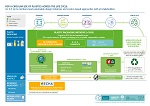 |
Plastics are key in today's society and provide many benefits and yet their recovery is still very low compared to their potential. In 2018, the European Commission published its Strategy for Plastics in a Circular Economy. This industry is undertaking many concrete activities to support this strategy, in close interaction with all stakeholders in the value chain.
Download the A.I.S.E. factsheet on the EU plastics strategy
|
A.I.S.E. voluntary initiative on plastic packaging
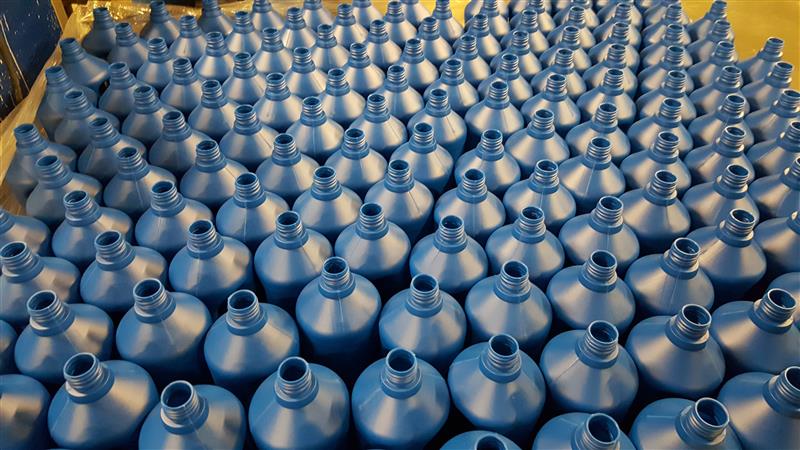 |
This new A.I.S.E. voluntary initiative on plastic packaging opened for signature in January 2019. It sets ambitious targets for the industry which aim to increase the uptake of recycled content in plastic packaging over the next few years.
Read more about A.I.S.E.'s plastic packaging initiative |
A.I.S.E. endorsement of the New Plastics Economy Global Commitment
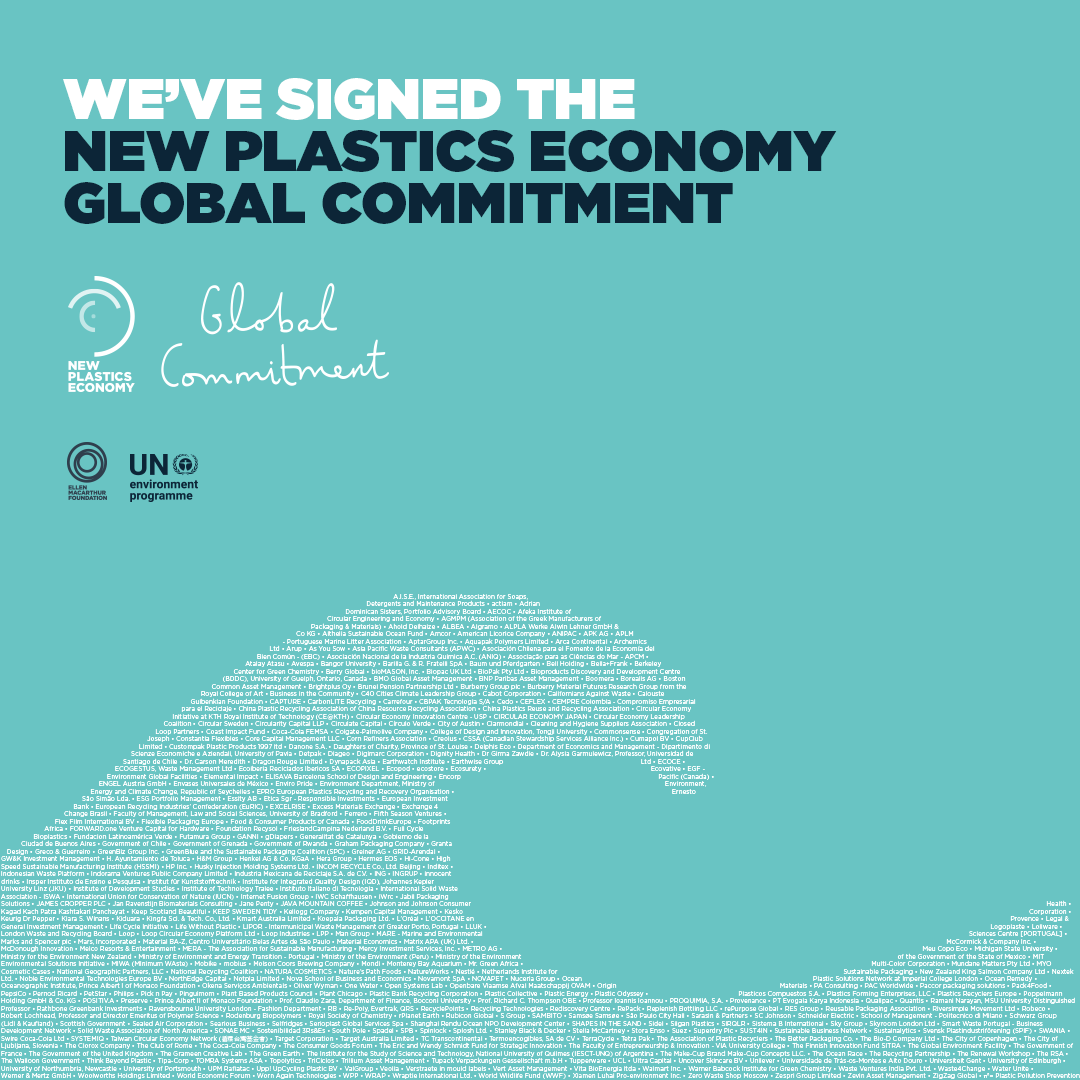 |
In 2019 the industry signed the Ellen MacArthur Foundation's New Plastics Economy Global Commitment. The Commitment encompasses a common vision of a circular economy across business sectors, that is focused on innovation in the design of plastics, elimination of unnecessary plastics, and ensuring plastics are kept in the economy and out of the environment. The Commitment aligns with the industry's own voluntary initiative on plastic packaging.
Read more about the Foundation's New Plastics Economy Global Commitment |
A.I.S.E. Charter Advanced Sustainability Products criteria
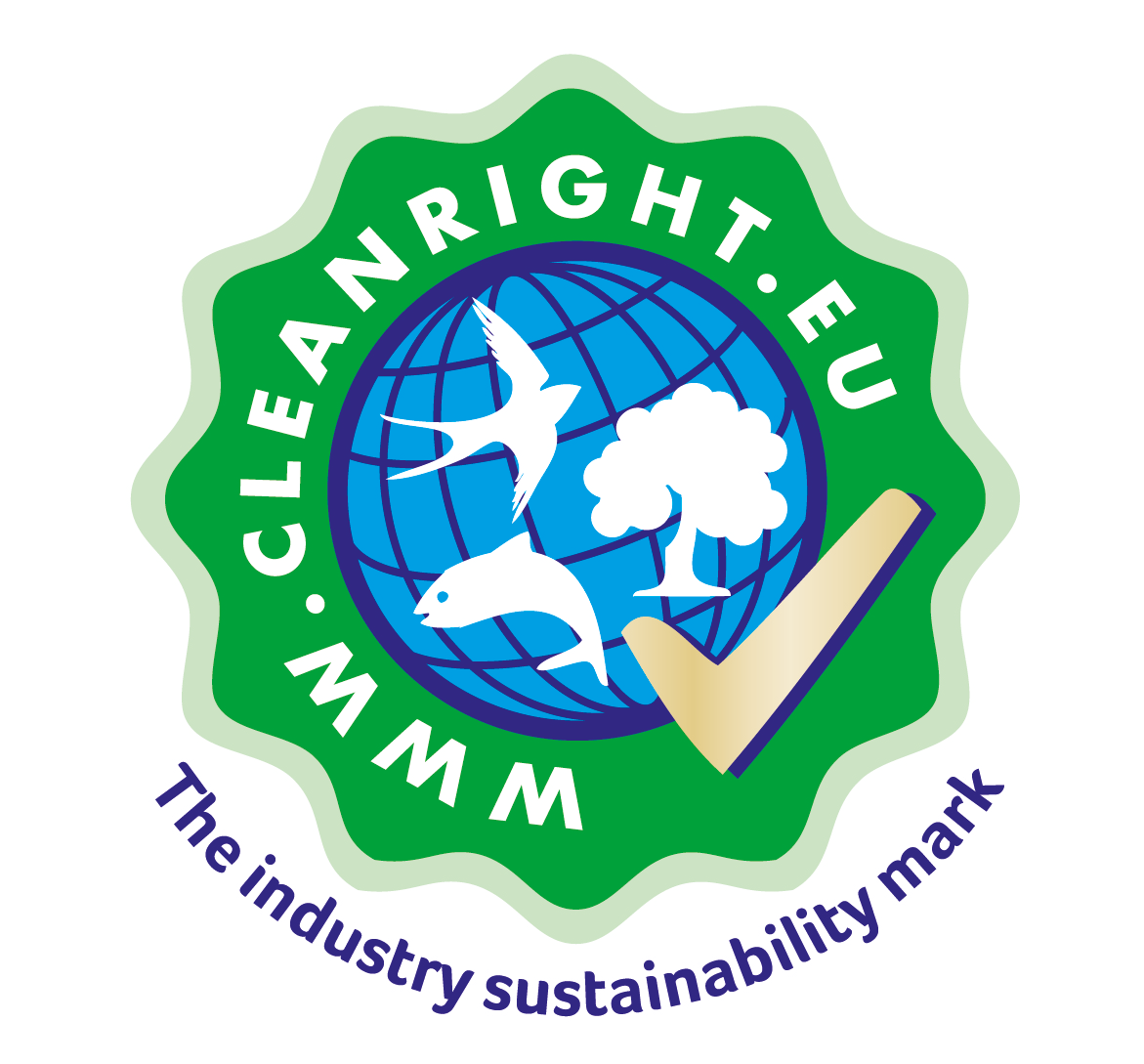 |
The Charter for Sustainable Cleaning ASP criteria already includes efficient use of packaging material per job (maximum thresholds defined) use of recycled material (incl. thresholds for paper board/sustainable sourcing). As of 2021, the ASP criteria will also include specific requirements for plastic packaging material.
Read more about the ASP criteria |
A.I.S.E. sleeve icon
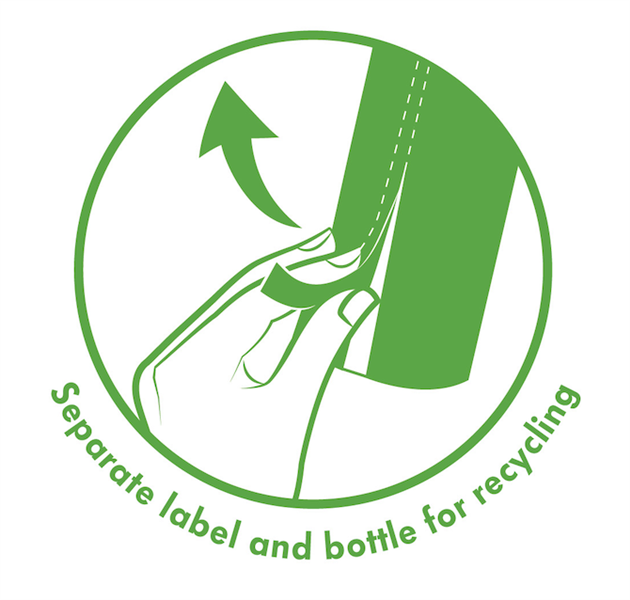 |
As part of its commitment to help increase the uptake of recycled packaging material, A.I.S.E. launched an icon in 2021 to appear on bottles with full-body sleeves, in order to encourage consumers to take the sleeve off the pack after using the product, thus facilitating the recycling of the plastic bottle by recycling companies. The icon is accompanied by a call to action: "Separate label and bottle for recycling” and will start to appear on products sleeves in early 2022. The icon is available for all manufacturers of detergent and maintenance products.
Read more about the sleeve icon and its application
|
A.I.S.E. consumer guidance ‘Save packaging - recycle’
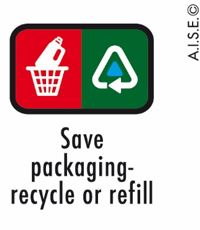 |
Since 1998, best use panels providing relevant consumer guidance on sustainable consumption have featured on billions of packs of detergents across Europe, including specific guidance on how to reduce packaging by recycling or refilling.
Read more about consumer guidance on Cleanright |
A.I.S.E. Product resource efficiency projects